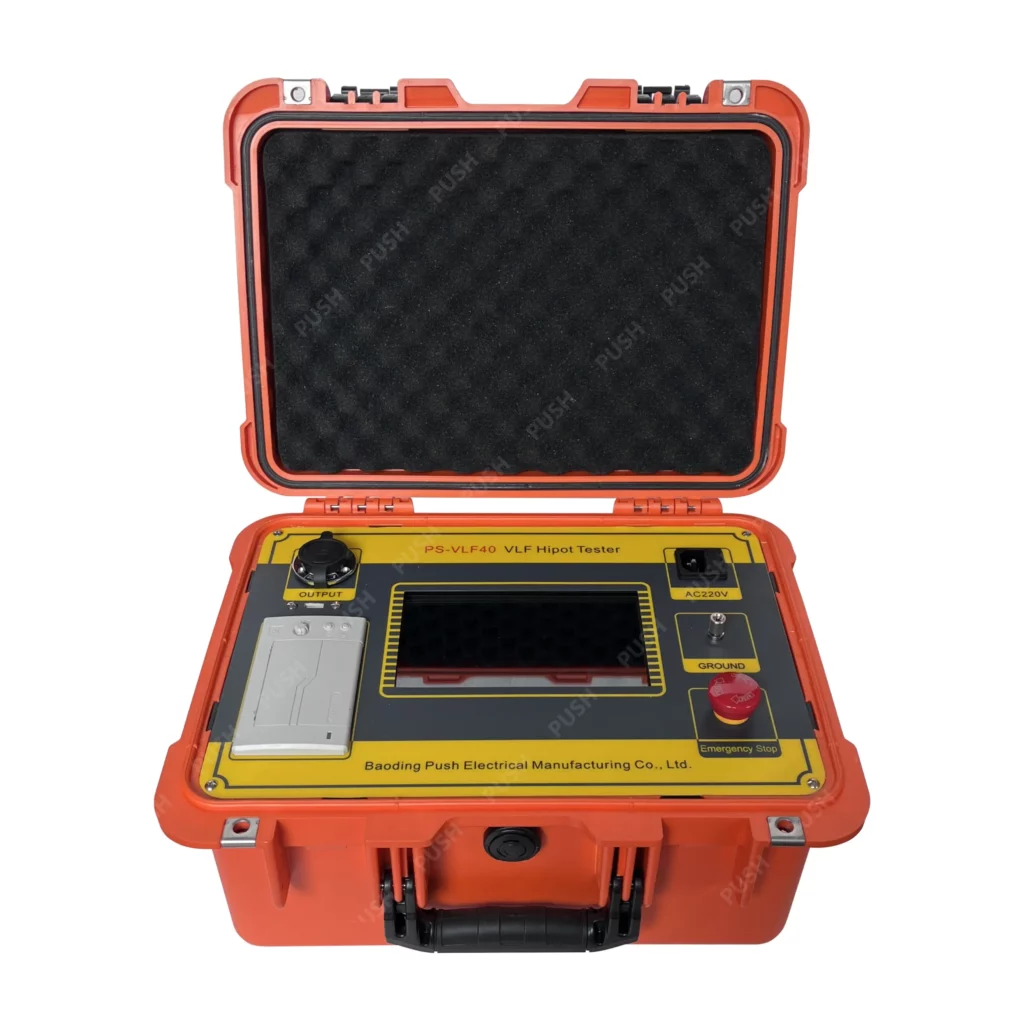Hipot testing, also known as dielectric strength testing, is a critical procedure in the electrical industry to ensure the safety and reliability of transformers and other electrical equipment. AC and DC hi pot tester is widely used for conducting these tests.
In this blog post, we will explore the differences between AC DC hipot tester, their operating principles, and the unique advantages they offer. Join us as we delve into the world of hipot testing and understand the distinctions between AC and DC testing methods.
AC Hipot Testing

AC hipot testing is a common method used to assess the dielectric strength of electrical equipment. Here are the key aspects of AC hipot testing:
a. Operating Principle: AC hipot testers apply a high voltage AC signal to the device under test (DUT) for a specified period. The applied voltage is typically higher than the rated voltage of the equipment to identify any potential insulation weaknesses or breakdown points.
b. Voltage Waveform: AC hipot testers generate a sinusoidal voltage waveform, replicating the AC power system’s characteristics. The test voltage is gradually increased to the desired level and maintained for a specific duration to evaluate the insulation integrity.
c. Insulation Breakdown Detection: During AC hipot testing, the tester monitors the test voltage and measures the leakage current flowing through the DUT. If the leakage current exceeds a predetermined threshold or if a breakdown occurs, the tester triggers an alarm or initiates a test failure indication.
d. Advantages of AC Hipot Testing: AC transformer hi pot tester offers several advantages, including its ability to simulate real-world operating conditions and its effectiveness in identifying insulation weaknesses and faults. It is particularly useful for assessing the dielectric strength of equipment designed for AC power systems.
DC Hipot Testing
DC hipot testing is another widely used method for evaluating the insulation integrity of electrical equipment. Here are the key aspects of DC hipot testing:
a. Operating Principle: DC hipot testers apply a high voltage DC signal to the DUT, which is significantly higher than the rated voltage. This high voltage stress helps identify potential insulation failures, such as weak spots, contaminants, or inadequate insulation materials.
b. Voltage Polarity: Unlike AC hipot testing, DC hipot testers generate a steady-state DC voltage waveform with a fixed polarity. The voltage is steadily increased to the desired level and maintained for a specific duration to assess the insulation performance.
c. Insulation Breakdown Detection: During DC hipot testing, the tester measures the leakage current flowing through the DUT. If the leakage current exceeds a predetermined threshold or if a breakdown occurs, the tester triggers an alarm or indicates a test failure.
d. Advantages of DC Hipot Testing: DC hipot testing offers unique advantages, including its ability to detect certain insulation defects that may go unnoticed in AC testing. It is particularly effective in assessing the insulation strength of equipment designed for DC power systems, such as batteries, capacitors, and DC motors.
Differences Between AC and DC Hipot Testing
While both AC and DC hipot testing methods serve the same purpose of evaluating insulation integrity, they differ in several key aspects:
a. Voltage Waveform: AC hipot testing uses a sinusoidal AC voltage waveform, while DC hipot testing employs a steady-state DC voltage waveform.
b. Polarity: AC hipot testing does not have a specific polarity, as the voltage waveform alternates, while DC hipot testing has a fixed polarity.
c. Test Objectives: AC hipot testing is primarily used to assess the dielectric strength of equipment designed for AC power systems, whereas DC hipot testing is suited for equipment designed for DC power systems.
d. Insulation Weakness Detection: AC hipot testing is effective at detecting weaknesses in insulation materials, while DC hipot testing helps identify certain types of insulation defects, such as contaminants or inadequate insulation.
e. Test Standards: AC and DC hipot testing are governed by different test standards and regulations based on the specific application and equipment requirements.